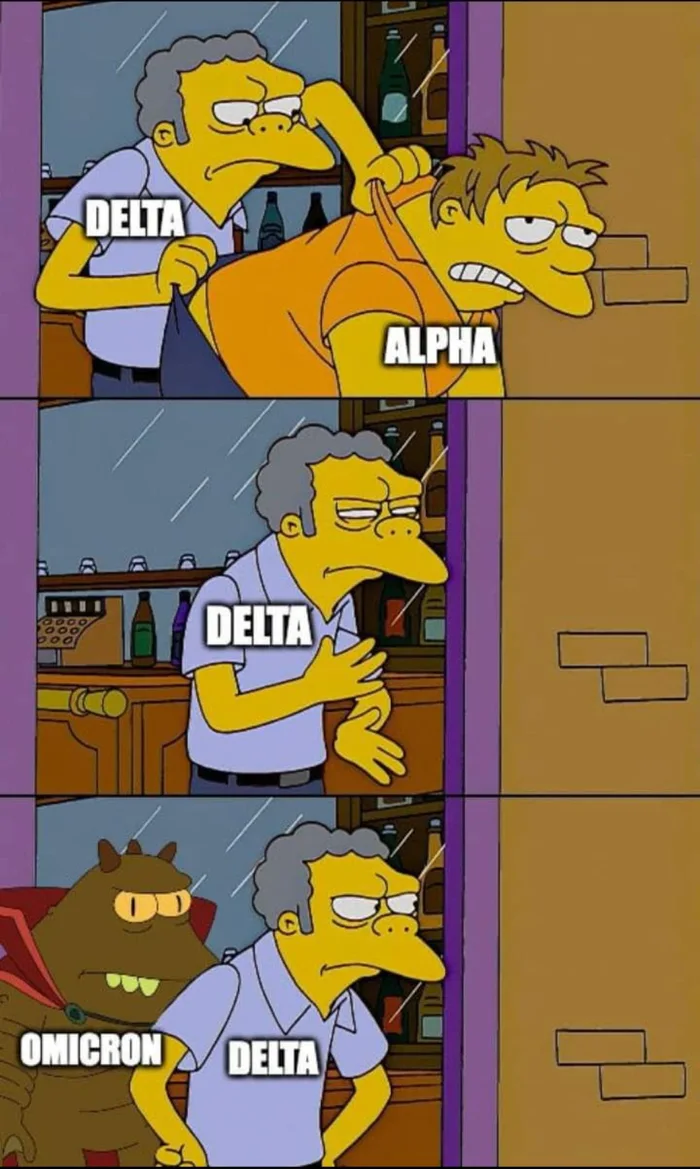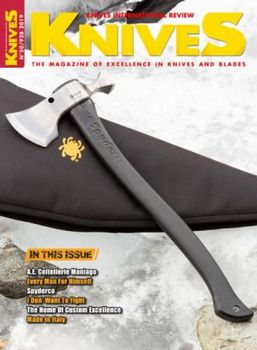.
I wrote in the skirmishing blog post that pre-absolutism skirmishers seemed to have been skirmishers because they were low budget (and if self-equipped: poor) troops. At some times you didn't need more than a primitive sling and picked-up stones to be an effective skirmisher (albeit the mercenary skirmishers often used more effective lead projectiles and small cheap shields).
Heavily armoured troops tended to be expensive professionals of nobles whose life, horses and equipment were supported by multiple farming households.
- - - - -
The often-reported problems and ineffectiveness* of present-time armoured infantry (armoured as wearing bulletproofing body armour, even including shoulder guards and somewhat bulletproofed helmets) made me think.
What if this is not something new, what if this is how it always was? Were more heavily armoured infantrymen of the classical and medieval period really of superior military value?
I suppose the easiest example to look at are late republican / early imperial Roman legionaries, for we know that they had very few servants and pack animals compared to heavily armoured infantry of other periods.
The reputation of these legionaries is still extremely high about two millennia later, but there's something odd:
The biggest and most important expansion of Rome's power happened from the last years of the First Punic War (about 240 BC) to the end of Augustus' reign (until 14 AD). The reforms of Marius that created the all-heavy infantrymen (which always needed reinforcement by dissimilar mercenaries) army of late Republican and early imperial Rome happened only in 107 BC.
The defeat of Carthage, conquest of Greece and conquest of half of Iberia fell into a period during which the Roman army had severe quality issues and was far from the now-common idea of Roman legionaries. The decades of warfare and neglect of family farms since around 260 BC had ruined the base of Roman power; the citizenry (and socii citizenry). Their army was divided into three classes of middle and upper class men, separated by wealth. By about 215 BC there was little left of what we would call middle class now.
The army was at the time about 30% lightly armed velites, skirmisher infantry no better equipped than most enemies (previously about 15%). Velites used for all we know no body armour. It's even questionable whether many of them used helmets. The role of velites and later particularly lightly protected hastati apparently kept growing until the Marian reforms, as Roman society became increasingly economically unequal and the middle class kept eroding through warfare and exploitation of the upper classes. The sum of light troops (including mercenaries) may have exceeded 50% rather often on Roman campaigns.
 |
|
The classical trio of triarii (few rich men, mostly held in reserve),
hastati (main infantry and velites (skirmishers, poorest men able
to afford any regulation infantry armament at all)** |
|
So Rome's empire was in large part built not by the famed heavy infantry legionaries stomping their opposition by their own, but by armies which were in large part light infantry without body armour. The Roman demographic, economic, organisational strengths and certain details*** were almost certainly much more important factors in Roman military success than heaviness of arms and armour.
- - - - -
I understand that heavy body amour was and is often preferable in pitched battle from the point of view of the user. Or at least it seemed so to those who had no heavy body armour, a phenomenon that we were able to observe during the early years of the Iraq occupation.
You could hardly motivate men to sign up for decades of legionary service without protecting them well. They had neither tetanus vaccine nor penicillin. There was no proper military pensions or disability benefits system for crippled discharged soldiers until the 20th century. They would turn beggars and probably starve real quick. There were historical mercenaries with little or no armour, but those were short-time mercenaries, hired only for a specific campaign.
The question remains whether heavily armoured troops were really more effective. I picked an example in which they could be compared almost 1:1 to light troops. Heavily armoured infantry of other eras had such a train of servants, pack animals, carts and other support that they could hardly be compared 1:1 to light troops. In some cases (mounted knights) it would be appropriate to compare them 1:3 or more.
I've read way too many books on historical warfare, but rarely have I encountered the notion that light troops might have been superior to heavy ones. The outstanding exceptions were (Parthian) light horse archers and that one victory of peltast skirmishers over Spartan hoplites. Then again, I am very confident in my assumption that not one modern author of those books has experienced a pre-firearms battle.
I remember only one source from antiquity urging the use of body armour to troops who did not use it; Vegetius****. It's worthwhile to note that he writes about body armour as the solution to military problems because the infantry of his day apparently did NOT use it. So it may be that he was a believer in body armour without actually being able to fully assess the military value upsides and downsides of the same.
I strongly suppose that investigating the true military utility of body armour in history is something that military historians should do. Modern armies should be aware that we might very well exaggerate passive protection at the expense of tactical mobility and endurance.
related:
/2017/09/hard-body-armour-possible-compromise.html
/2020/04/military-theory-of-skirmishing_18.html
S O
defence_and_freedom@gmx.de
*: Slow, quickly exhausted, thus moving little during firefights
**: The sources are not clear and this trio may have been rather about age brackets (age 15-46 overall, velites youngest and triarii oldest), with varying equipment quality within the age brackets. It is especially doubtful whether the most or even all Triarii used mail armour, as it was very expensive. In the end, it doesn't matter to this text, for a larger share of the poor among the levied meant a larger share of troops who could not afford good arms and armour (even though those were in the late Republic purchased from the centrally procuring state). There's no source known to me claiming that anyone but proletarii (the citizens normally too poor for service as infantry) got much equipment provided by the state.
The rise of the share of velites was either driven by performance considerations or by the poverty of the levied men. Either way, the share of light infantry increased according to the known sources.
***: An example is that Romans built field camps on hills rather than close to rivers or lakes (where there's high risk of diseases) because they simply dug wells for water supply. Even in battle this was an advantage, as hills offered vastly superior positions and the Romans could wait for enemies on a hill even in Mediterranean summer heat. I have never seen mention of their enemies digging wells on campaign. The Roman armies had many such detail strengths.
****: See section "The arms of the ancients" here
.












